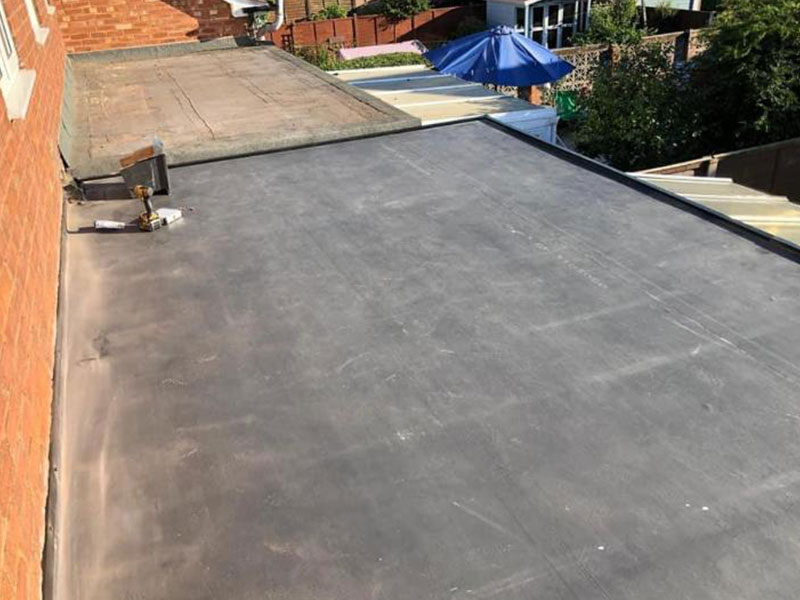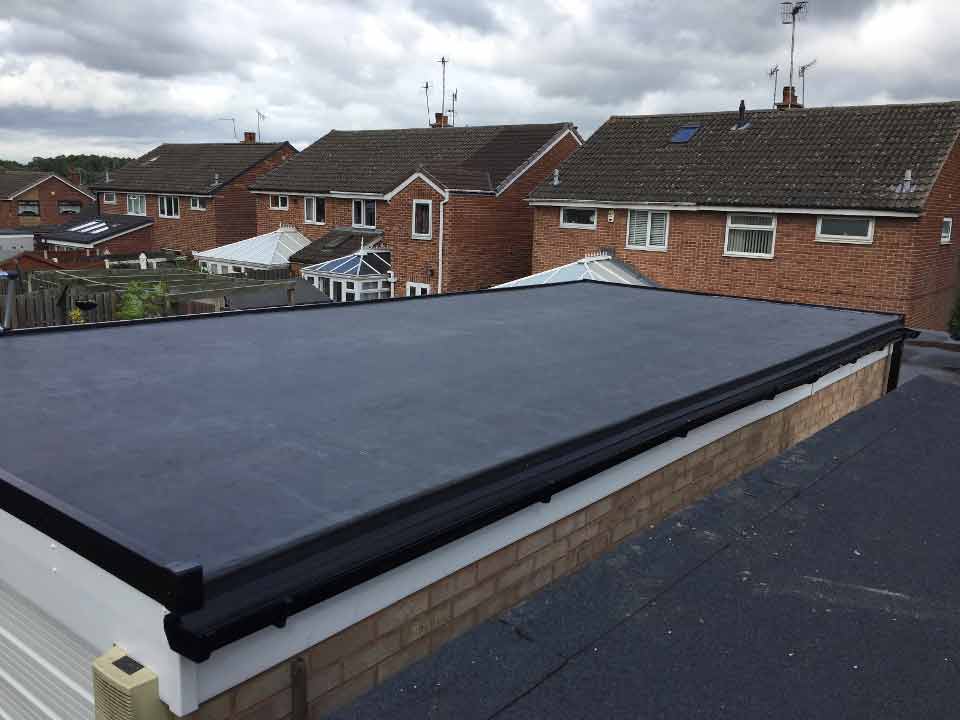Flat roofing is a popular choice for many homes and commercial buildings, but it can come with its own set of problems. As an expert in the field of flat roofing, I’m here to tell you what some of the most common issues are and how best to address them.
From puddles that won’t go away to simple wear and tear over time, there’s a lot to consider when it comes to flat roofing issues. It’s important to know what you’re dealing with so you can take the proper steps to ensure your roof is safe and secure for years to come.
Let’s explore some of these common issues now.
Vegetation Growth
Preventing vegetation growth on flat roofs is a must, as it can cause serious damage and even roof collapse.
The best way to do this is to make sure the roof is regularly inspected and cleared of any debris or foliage that could cause problems.
To detect vegetation growth, look for signs of water pooling, discolored patches, and cracks in the roof. If any of these are present, it’s time to take action.
Remediation of vegetation growth can be done by applying a protective coating to the roof and sealing any cracks. Additionally, gutters and drains should be kept clear to ensure proper water drainage.

Prevention Of Vegetation Growth
Preventing vegetation growth on flat roofs is a priority for any roofing system.
To achieve this, it’s essential to understand the underlying causes of vegetation growth and take preventative measures.
UV exposure is one of the primary contributors to vegetation growth, so prolonged UV exposure should be avoided.
This can be achieved by installing drainage systems and membrane sealing, which will protect the roof from sun damage. Additionally, this will help reduce heat absorption and minimize water ponding.
Proper installation of a quality sealant can further ensure that moisture won’t seep into the system and cause algae or moss to grow.
With sufficient attention to detail, flat roofs can stay free of vegetation while extending their lifespan significantly.
Detection Of Vegetation Growth
Though proper installation of waterproofing materials, drainage systems and membrane sealing can help reduce vegetation growth, it’s still essential to regularly monitor the roof for signs of vegetation.
Sunlight exposure and temperature changes are the two key indicators that need to be monitored. Unusual amounts of sunlight or extreme temperature drops can indicate possible vegetation growth underneath the surface.
To detect this early on, it’s important to check for any discoloration or damage in the roofing material. If any is found, then it’s likely that some form of vegetation has started growing in that area.
Regular inspections and preventive maintenance can ensure that flat roofs remain free from vegetation and extend their lifespan significantly.
Remediation Of Vegetation Growth
When it comes to vegetation growth, prevention is always the best course of action. But if improper drainage or UV damage have already caused material deterioration and vegetation growth on a flat roof, remediation is necessary.
In such cases, it’s important to identify and remove the root cause of the problem as soon as possible. This can be done through careful inspection and repair of any damaged areas in order to prevent further deterioration of the material.
Once the underlying issue has been addressed, the next step is to remove all vegetation from the roof using chemical-free cleaning products.
Finally, once any remaining vegetation has been removed, it’s essential to reseal any cracks or seams that may be allowing water into the roofing system.
Inadequate Repairs
Vegetation growth on a flat roof can cause significant damage if left unchecked. Not only can it block drains and create standing pools of water, but it can also allow moisture to penetrate the roofing membrane and cause serious damage.
Moving on, inadequate repairs are another common problem with flat roofs. Poor drainage systems, insufficient insulation, and the use of inadequate materials are all signs that the roof has not been properly maintained or repaired. If you suspect any of these problems, it is essential that you take steps to repair them as soon as possible before further damage occurs.
It is important to remember that prevention is key when it comes to maintaining your flat roof – regular inspections and maintenance will ensure that it remains in good condition over time.
Standing Water
Standing water is one of the most common flat roofing problems. It can occur for a variety of reasons, such as leaky seals, clogged drains, and improper installation. When these issues arise, it can cause significant damage to the roof and lead to costly repairs.
One example of this is when leaking seals allow water to seep into the underlying layers of the roof. Over time, this can cause structural damage or even create weak spots in the roof that can eventually lead to leaks.
Clogged drains are another issue that can result in standing water on a flat roof. If debris builds up in the drains, it prevents water from flowing freely off the roof and instead causes it to accumulate in certain areas.
Lastly, improper installation of flat roofs can also lead to standing water issues. If shingles or other materials aren’t installed correctly, it can cause water to pool on top of the roof instead of draining properly.
These common flat roofing problems come with a range of consequences:
- Structural Damage: Weak spots in the roof may form due to pooling or leaking water, which leads to weakened support structures and potential collapse if left unchecked.
- Mold & Mildew: Standing water provides an ideal environment for mold and mildew growth, which may contribute to indoor air quality concerns if not addressed quickly.
- Expensive Repairs: Any major damage caused by standing water must be repaired immediately before further issues arise; unfortunately this often comes with hefty repair costs depending on the severity of the situation.

Debris And Punctures
Standing water is one of the most common flat roofing problems, but it’s not the only one. Debris and punctures can also be an issue for flat roofs, leading to a number of other problems.
When debris and sharp objects accumulate on flat roofs, it can lead to damage from overheating as well as moisture buildup. If not addressed in a timely manner, this can cause more serious issues such as blisters, leaks, and inadequate drainage.
In addition, if small pieces of debris are left on the roof for too long they can actually work their way into the membrane and cause punctures.
It is important to ensure that any debris or sharp objects are removed regularly from your roof in order to prevent any further damage.
Conclusion
The flat roofing industry is a complex and ever-evolving field. Issues like vegetation growth, inadequate repairs, standing water, and debris and punctures can all have serious impacts on the integrity of a roof.
For that reason, it’s important to take proactive steps to ensure your flat roof is properly maintained and inspected regularly.
Nevertheless, some might argue that professional maintenance is too costly. While there may be an initial investment in professional help, in the long run it will be much more cost-effective than dealing with preventable issues or having to replace the entire roof due to neglect.
With proper maintenance and inspection from a certified professional you can rest assured that your flat roof will remain safe and secure for years to come.
Call us to get a price quote. Contact us today on 0115 736 5995 to receive a free quote or visit our website.
